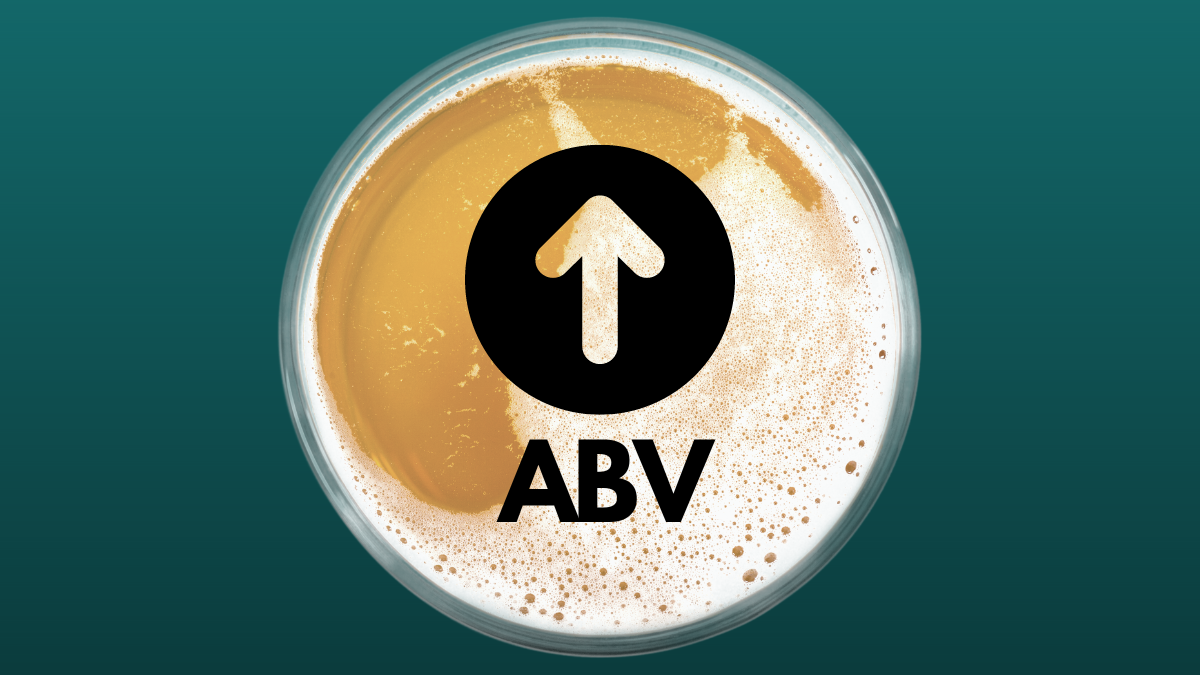*Among other things
Imperial cider, generally considered cider with an ABV of 8% and above, is gaining in popularity. In fact, the style is currently performing as a Top 5 Total Beer Style. (Cider gets included in beer styles by wholesalers and retailers so it’s counted as a beer style for statistical purposes.) These big, boozier ciders are trending, now coming in at #3 in growth. The style got its start, or at least its name, from Oregon’s 2 Towns Ciderhouse in 2010. Its growth has been impressive.
“When we launched the first coined ‘imperial cider’ in 2010 with our Bad Apple Cider, it immediately resonated with craft consumers,” says Lee Larsen, CEO and founding cidermaker of 2 Towns Ciderhouse. “Since then, we have seen tremendous growth in the imperial category after the 2021 launch of our canned Imperial Cosmic Explorer line. Our Cosmic Crisp Imperial Cider is the number one imperial cider SKU in the nation according to IRI [Information Resources, Inc.], which has helped to drive an over 800% growth in our imperial sales volume compared to 2020.”
Part of imperial cider’s growth is due to its appeal to consumers.
“Customers are seeking out innovation and willing to try more flavors/styles than ever before,” says Casey Baxter, national sales director for Blake’s Hard Cider in Michigan. “The seltzer boom brought variety and flavor to customers, and they want that in the other beverages they consume. The imperial aspect comes from the desire for a premium product that provides for a different drinking occasion.”
According to Baxter, imperial products give consumers more value for the money. “Share of standard cider is shifting to imperial which indicates customers are looking for higher ABV ciders and premiumization,” says Baxter, “The fruit flavored demand is something we see across a lot of categories — seltzer, RTDs [ready-to-drink], beer — currently in addition to cider. The second wave of imperial cider has been fruited variations, like our Grand Cherry, that incorporate both trends.”
Baxter also says that these higher ABV/imperial items are especially trending among packaged items. A recent change in packaging has contributed to accelerated growth in imperial cider in general over the past two years. In 2020, the American Cider Association successfully lobbied for the addition of 12-ounce packaging as an approved standard size for wine packaging. Cider is federally regulated as wine.
Baxter says that higher ABV/imperial items are trending, especially among packaged items.
The 12-ounce packaging allows for ciders to come in the same size cans as 12-ounce beers or soft drinks, making it possible to sell all ciders in the fill size, including a six-pack style that is familiar to customers.
Schilling Cider, another category leader in Nielsen and in IRI, introduced Excelsior Apple in 2018. It was one of the first imperial ciders to come in a six-pack. In the latest 52-week period, Schilling has sold over 93,000 cases of Excelsior Apple.
Overall, sales of imperial ciders — including those over 8% ABV that might not be labeled imperial — are soaring. In October, Nielsen reported a 112% jump in sales versus the same time last year. Seven of the ten most-selling regional cider brands in off-premise channels over the last 13 weeks include imperial cider in their core product offerings.
For Virginia’s Bold Rock Hard Cider, imperial cider is essential to their growth as part of a diversified portfolio of ciders that has something for everyone — higher ABV, sessionable ABV, dry and off-dry, fruited and more traditional cider.
“We view our imperial cider as a catalyst for growth moving forward and an important part of the future of Bold Rock,” says Lindsay Dorrier III, senior brand manager for Bold Rock. “We pay attention to the imperial cider trends we are seeing on the West Coast as well as the broader movement towards higher ABV styles in beer, so we know customers are seeking that high ABV punch and view it as a sustainable trend. We are pretty well positioned to spearhead the growth of imperial cider varieties on the East Coast which is our plan as we move into 2023 and beyond.”
Michelle McGrath, executive director of the American Cider Association, is not surprised that the market responded to imperial cider once the 12-ounce packaging emerged. “It’s amazing how the uneven regulations get in the way of innovation and thus growth,” she says. “Packaging, carbonation, geographic indicators, labeling — cider is extremely restricted in what it can and can’t do in these areas, unlike beer and FMBs [flavored malt beverages].”
The new size packaging has been helpful for ciders that aren’t designed to be imperial, but end up fermenting over the usual high of 7% ABV that traditional ciders tend to have. Cideries such as California’s Dutton Estate Winery (whose Hard Apple Cider from local heirloom apples fermented is to 7.4%) and Far West Cider (whose seasonal Chonessey Bowie at 8.1% ABV) sold these slightly higher ABV offerings in 12-ounce cans.
“The impacts are wide-reaching,” says McGrath. “We were very pleased when the TTB [Tax and Trade Bureau] adopted the ACA’s request for 12-ounce packaging. It was a win for undiluted apples and for innovation. To see our request validated by the market is even better.”
The ACA would like to see additional approved fill sizes for cider. They’ve submitted formal petitions to the TTB for 16-ounce and 19.2-ounce packaging to be added to wine’s approved standards of fill and is actively pursuing many other inequities that cider faces, such as daunting carbonation taxes.
“Co-ferments are getting a lot of attention, but bubble taxes are limiting their potential,” says McGrath. “We are working to change that. There is no reason a fruit cider shouldn’t be bubbly.”






